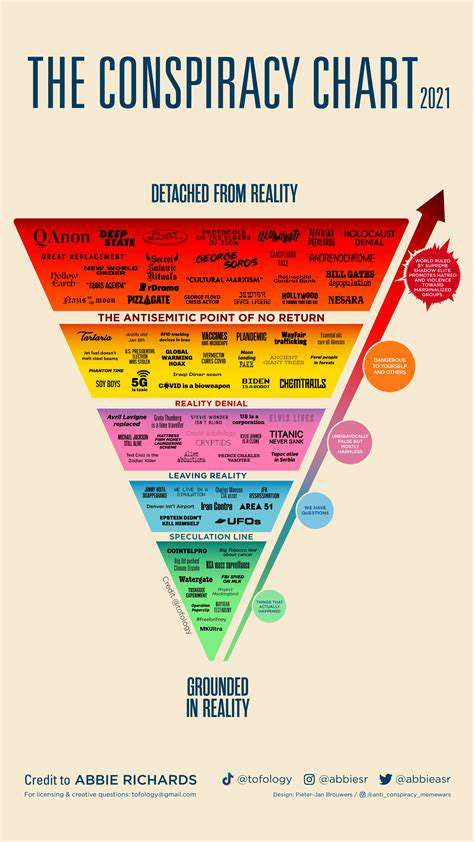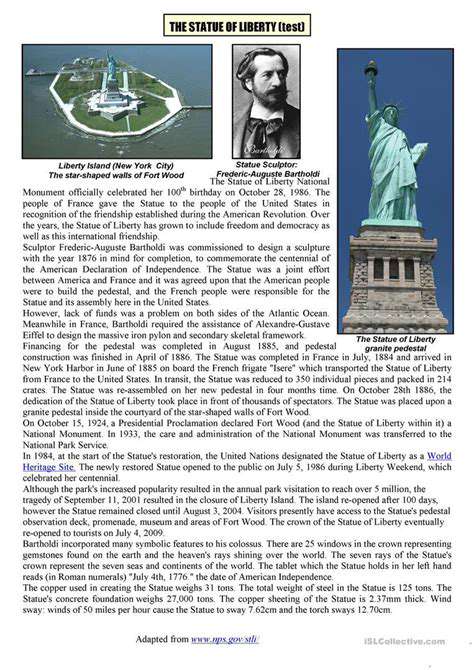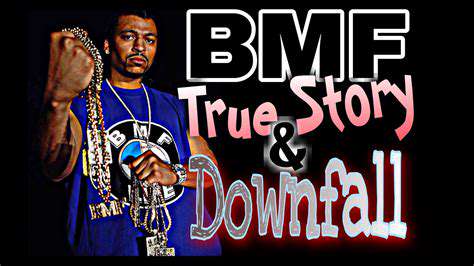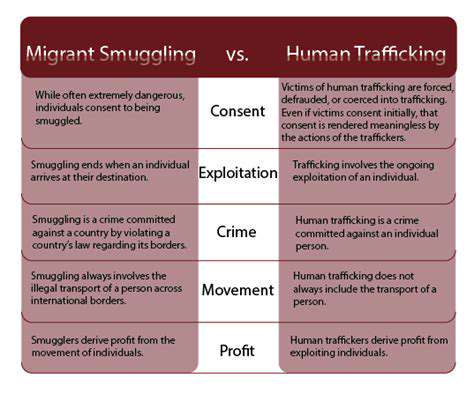Jack Ruby: Unraveling the History Behind the Notorious Figure
Jack Ruby's Early Life and Career
Born Jacob Rubenstein in 1911, the man who would become infamous as Jack Ruby led a life that was anything but ordinary. His early career path meandered through various jobs, from selling novelties to operating nightclubs, each experience adding another layer to his complex personality. These formative years shaped a man who would eventually find himself at the center of one of history's most scrutinized moments.
Ruby's time in Dallas's nightlife scene gave him connections to various figures across the social spectrum. This network, combined with his volatile temperament, created a combustible mix that would ultimately explode on the national stage.
Ruby's Connection to the Kennedy Assassination
The events of November 22, 1963, forever altered Ruby's place in history. His impulsive decision to shoot Lee Harvey Oswald in the basement of Dallas police headquarters transformed him from a relatively obscure nightclub owner into a figure of enduring controversy. This single act raised countless questions that continue to fuel debates decades later.
Eyewitnesses described the scene as chaotic, with Ruby seemingly appearing out of nowhere to deliver the fatal shot. The immediacy of his action, occurring just two days after President Kennedy's assassination, added another layer of tragedy to an already devastating national moment.
The Aftermath and Legacy of Jack Ruby
Ruby's trial became a media circus, with the nation watching intently as the legal proceedings unfolded. The courtroom drama only deepened the mystery surrounding his motives, as conflicting theories emerged about why he had acted as he did.
In the years since, historians have continued to debate Ruby's true role in these historic events. Some view him as a misguided patriot, others as a pawn in a larger conspiracy. What remains undeniable is the lasting impact of his actions on how America remembers one of its darkest days.
The Shocking Shooting of Lee Harvey Oswald: The Immediate Aftermath
The Arrest and Initial Investigations
The moments following Oswald's shooting were pure pandemonium. Police officers wrestled Ruby to the ground while simultaneously trying to secure the area and attend to the wounded Oswald. Eyewitness accounts varied wildly, with some claiming Ruby had been lurking for hours while others insisted he appeared suddenly.
Forensic teams worked under tremendous pressure to document the scene before evidence could be contaminated. The unusual circumstances - a murder occurring in police custody, broadcast live to a shocked nation - created unprecedented challenges for investigators.
The Shocking Impact on the Nation
Americans already reeling from President Kennedy's assassination now faced another devastating blow. Television networks interrupted regular programming to broadcast the shocking footage of Oswald's shooting, leaving viewers nationwide stunned. The sense of national trauma deepened as people struggled to comprehend this new layer of violence.
The event fundamentally altered how Americans viewed their government and media. Trust in institutions eroded as conspiracy theories flourished, with many questioning whether they would ever know the full truth about what had transpired in Dallas.
The Role of Jack Ruby
Ruby's sudden appearance and violent act added immeasurable complexity to an already convoluted situation. Investigators immediately began probing his background, searching for any connection to Oswald or possible motives beyond what he claimed.
The timing of Ruby's action - just as Oswald was being transferred - raised troubling questions about security procedures. How had a known nightclub owner managed to penetrate police security at such a critical moment? These questions would haunt the investigation for years to come.
The Immediate Response of Law Enforcement
Police departments nationwide reviewed their security protocols in the wake of the incident. The Dallas Police Department faced particularly harsh scrutiny for allowing such a breach to occur. Procedures for handling high-profile prisoners were completely overhauled as law enforcement sought to prevent any recurrence of such a spectacular security failure.
The event served as a painful lesson about the importance of vigilance, even - or especially - during what should be routine procedures. It marked a turning point in how American law enforcement approached the protection of prisoners and the security of their facilities.
Modern farming operations increasingly rely on sophisticated data collection systems that monitor everything from soil conditions to crop health. These technological advancements allow for more precise agricultural management, potentially increasing yields while reducing environmental impact.

The Legacy of Jack Ruby: A Controversial Figure in American History
Jack Ruby's Life Before the Assassination
Ruby's pre-assassination life reads like a series of near-misses and could-have-beens. His various business ventures met with mixed success, and his personal relationships were often tumultuous. These experiences created a man who seemed perpetually on the fringes of respectability, never quite finding his place in conventional society.
Psychologists who later studied Ruby's life noted patterns of impulsive behavior and difficulty managing anger. These traits, combined with his deep-seated need for recognition, may have contributed to his fateful decision in November 1963.
The Shocking Act of Violence
The image of Ruby stepping forward to shoot Oswald remains one of the most jarring in American history. Captured on live television, the moment seemed to encapsulate the nation's collective trauma. For many viewers, it confirmed their worst fears about the instability of their society.
In the immediate aftermath, Ruby became an unlikely folk hero to some, while others viewed him as having compounded an already unimaginable national tragedy. This polarization of opinion would come to define his legacy.
The Investigation and Trials
Ruby's legal proceedings were fraught with irregularities from the beginning. His defense team struggled with his unpredictable behavior, while prosecutors faced unprecedented public scrutiny. The trial became as much about understanding Ruby's psyche as it was about determining legal culpability.
Medical experts debated Ruby's mental state, with some suggesting neurological issues may have influenced his actions. These discussions added yet another layer of complexity to an already bewildering case.
The Aftermath: A Legacy of Controversy
Decades later, Ruby remains a Rorschach test for how Americans view the Kennedy assassination. To some, he represents the dangers of vigilante justice; to others, he's a symbol of unanswered questions. His actions continue to inspire books, documentaries, and heated debates among historians.
The passage of time has done little to diminish interest in Ruby's motives or potential connections. If anything, each new generation brings fresh perspectives and theories to this enduring historical mystery.
The Impact on American Society
Ruby's brief moment in the national spotlight fundamentally changed how Americans consume news and perceive historical events. The live broadcast of Oswald's shooting marked a turning point in media coverage, demonstrating both the power and potential dangers of real-time journalism.
On a deeper level, the event contributed to a growing national anxiety about violence and conspiracy that would characterize much of the 1960s. It became a touchstone for discussions about gun control, mental health, and the limits of law enforcement.
The Ongoing Debate About Jack Ruby's Role
Historical assessments of Ruby continue to evolve as new documents are declassified and fresh analyses emerge. Some researchers focus on his possible organized crime connections, while others examine potential intelligence agency links.
What remains undeniable is Ruby's enduring place in the assassination narrative. Whether viewed as a pivotal actor or a tragic footnote, his actions that November day ensured his name would forever be tied to one of America's most traumatic moments.
Read more about Jack Ruby: Unraveling the History Behind the Notorious Figure
Hot Recommendations
- Hawks vs Hornets: NBA Game Preview, Key Players & Tactical Analysis
- Tornado Watch vs Warning: What’s the Difference and How to Stay Safe
- Alexandra Daddario: Hollywood Career, Iconic Roles & Upcoming Projects
- Wombats in Australia: Fascinating Facts, Conservation Efforts & Where to See Them
- St. Patrick’s Day 2025: History, Festivities & Modern Celebrations
- Fabian Schmidt: Profile, Career Impact & Notable Achievements
- Alex Consani: Profile, Career Highlights, and Notable Achievements
- Vivian Wilson: Profile, Career Milestones & What’s Next
- Harriet Hageman: Political Profile and Impact on National Policy
- Bryant University Basketball: Rising Stars and Season Highlights





![Jackson Arn: Spotlight on a Rising Star in [Relevant Field]](/static/images/24/2025-05/TheImpactofJacksonArn27sWorkonthe5BRelevantField5DCommunity.jpg)

